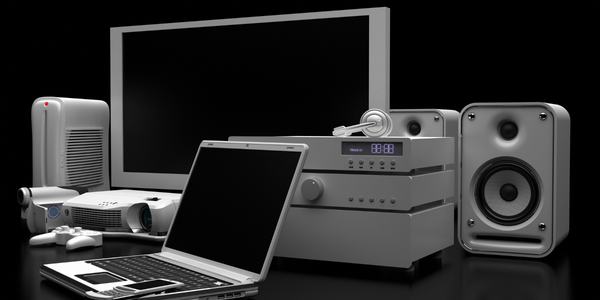下载PDF
Rapid Hybrid Services Deployment for Global Semiconductor Company
技术
- 分析与建模 - 预测分析
- 基础设施即服务 (IaaS) - 混合云
适用行业
- 电子产品
- 半导体
适用功能
- 物流运输
- 产品研发
用例
- 库存管理
- 供应链可见性(SCV)
服务
- 云规划/设计/实施服务
- 系统集成
挑战
通过并购活动,该公司吸收了另一家公司,并且必须快速且经济地加入地理多样化的地点,同时为未来的日期节省完整的网络迁移。
该公司需要整合两家公司的网络基础设施以获得完整的网络可见性和控制,但没有时间为更广泛的整合寻求预算批准。
客户
全球半导体公司
关于客户
这家美国工程材料、光电元件和半导体制造商成立于 1970 年代初期。它在研究和生产用于航空航天、国防、汽车、通信、消费电子、工业、生命科学和半导体市场的专用材料、集成组件和高级软件方面拥有 50 年的创新记录。该公司在 18 个国家和全球 73 个地点拥有超过 24,000 名员工,包括美国和全球的制造、研发、销售、服务和分销设施。
解决方案
将全球公司与通过并购计划获得的分布式位置快速集成,向远程位置提供经济实惠、安全、可扩展、高可用性和高性能的网络服务,确保持续正常运行时间并启用和简化权威 IPAM、内部和外部 DNS 和 DHCP 故障转移和报告。
NIOS DDI 与故障转移、BloxOne DDI、报告和分析、Infoblox 2215、1425、825、815、805 和 B105 设备
运营影响
数量效益
相关案例.

Case Study
Remote Temperature Monitoring of Perishable Goods Saves Money
RMONI was facing temperature monitoring challenges in a cold chain business. A cold chain must be established and maintained to ensure goods have been properly refrigerated during every step of the process, making temperature monitoring a critical business function. Manual registration practice can be very costly, labor intensive and prone to mistakes.
Case Study
KINESYS Semiconductor Factory Automation Software
KINESYS Software provides both Integrated Device Manufacturer (IDM) and Original Equipment Manufacturer (OEM) customers world-class software products and solutions for advanced wafer and device traceability and process management. KINESYS offers state of the art database technology with a core focus on SEMI standards. KINESYS’ challenge was to make back-end processing failure-free and easy to use for clients while supporting licensing models more adaptable to changing industry needs.

Case Study
Cloud Solution for Energy Management Platform-Schneider Electric
Schneider Electric required a cloud solution for its energy management platform to manage high computational operations, which were essential for catering to client requirements. As the business involves storage and analysis of huge amounts of data, the company also needed a convenient and scalable storage solution to facilitate operations efficiently.

Case Study
Leveraging the IoT to Gain a Competitive Edge in International Competition
Many large manufacturers in and outside Japan are competing for larger market share in the same space, expecting a growing demand for projectors in the areas of entertainment, which requires glamor and strong visual performance as well as digital signage that can attract people’s attention. “It is becoming more and more difficult to differentiate ourselves with stand-alone hardware products,” says Kazuyuki Kitagawa, Director of Service & Support at Panasonic AVC Networks. “In order for Panasonic to grow market share and overall business, it is essential for us to develop solutions that deliver significant added value.” Panasonic believes projection failure and quality deterioration should never happen. This is what and has driven them to make their projectors IoT-enabled. More specifically, Panasonic has developed a system that collects data from projectors, visualizes detailed operational statuses, and predicts issues and address them before failure occurs. Their projectors are embedded with a variety of sensors that measure power supply, voltage, video input/ output signals, intake/exhaust air temperatures, cooling fan operations, and light bulb operating time. These sensors have been used to make the projector more intelligent, automatically suspending operation when the temperature rises excessively, and automatically switching light bulbs. Although this was a great first step, Panasonic projectors were still not equipped with any capability to send the data over a network.







